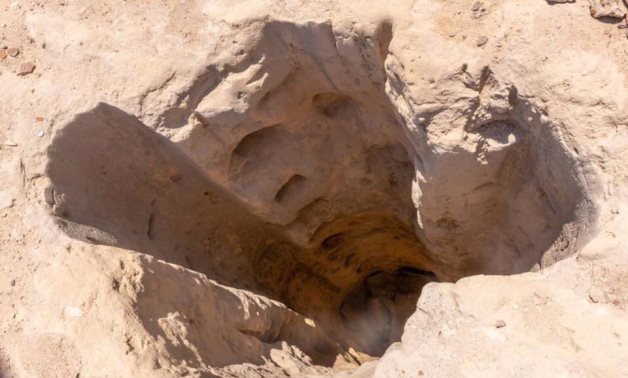The ruins of a residential and commercial suburb, located outside the walls of the Egyptian capital in the Greco-Roman era, were discovered by an Egyptian archaeological mission in the area of Al-Shatbi in Alexandria.
The mission manages to find 40 wells and tanks, a collection of clay amphorae, vessels, lamps, fishing tools such as fishing nets, as well as the remains of marble statues of deities, emperors and warriors.
A collection of stoves, good shops and the remains of the shrine, along with 700 coins, were also found.
In the Greco-Roman era, this place was used mainly by travelers, visitors and merchants.
The area housed rest homes where visitors could stay until they were allowed to enter the city, as well as warehouses for traders where they could store their goods and customs to check goods and determine the amount of taxes.
Secretary General of the High Council of Antiquities Mostafa Waziri explained that this discovery sheds light on the various actions that took place in the outer walls of the capital in the Greco-Roman era. He added that research shows that the settlement was used from the second century BC to the fourth century AD.
The head of the ancient Egyptian sector, Ayman Ashmavi, explained that these artifacts show that the settlement had a trading market with workshops for making these statues and fishing tools, and this fact shows that the settlement was the center of fishermen, like most statues of deities. refers to fishing.

